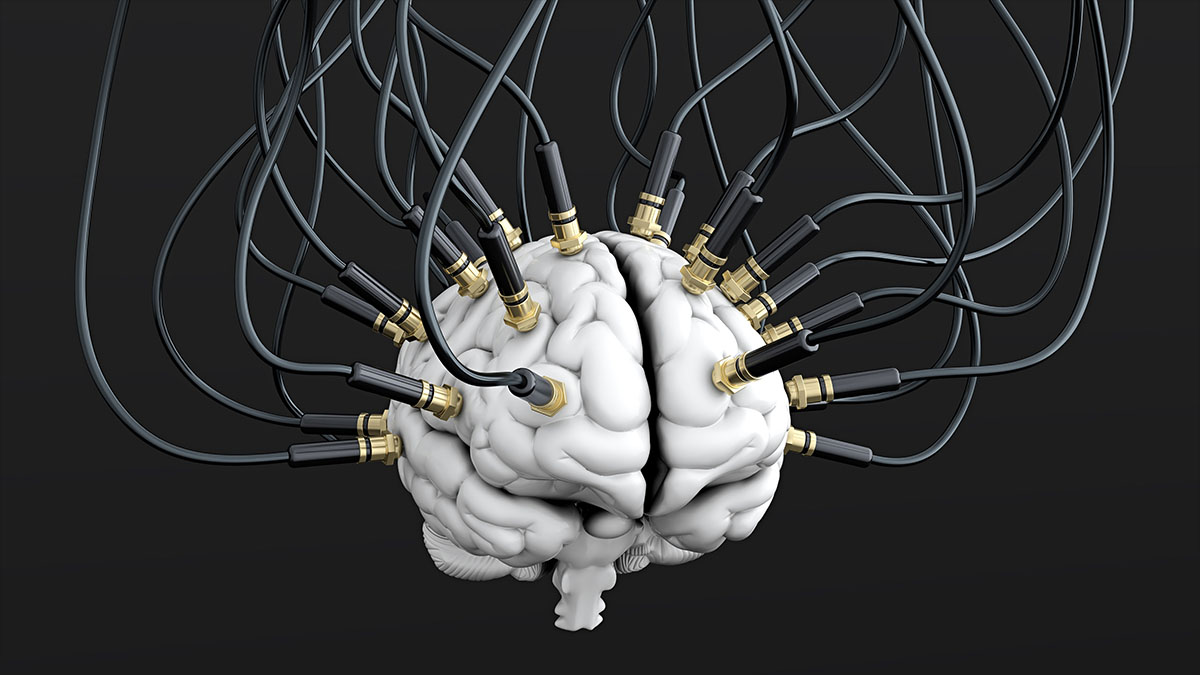taking cyborg technology to the next level

Today, there’s a very promising future for cyborg technology in the medical field. By allowing patients who had strokes that disabled their bodies, or suffered from accidents that left them paralyzed to use computers with only their thoughts, and giving victims who are conscious but unable to move or communicate a way to very literally speak their minds with the same speed as a neurologically intact person, researchers are quickly turning what was once science fiction into science fact. And the latest promising development comes to us in the form of a Japanese experiment with rodent cyborgs, in which rats with electrodes in their brains have a small robotic platform ferry them where they want to go by thought alone. The idea is to implement something very similar for wheelchair bound humans, or patients who couldn’t ordinarily use a wheelchair to get around without outside help. Yes, the electrodes in the brain may seem a tad extreme, but considering that for those who’ll receive such surgeries in the future the alternative is to be at the mercy of others, it may be worth it.
Of course there are issues to be resolved. Similar experiments with humans can take advantage of our ability to give researchers necessary data. When recording the signals made by your brain to move right, they could just ask you to think about moving to the right, or reaching for something in that direction and get the data they will teach the computers to recognize as a valid signal to move a cursor or steer a chair to the right. Rats can’t really do that so the team had to watch how they move and what signals from their brains seemed to correlate to what motions. It will take time to make sure that the rats are really moving where they want to go rather than simply being driven and trying to push the platform where they actually intended. But so far, the results seem quite promising and there may be a potential test with human subjects in the near future. In this experiment, a team of researchers isn’t doing anything on a rat they wouldn’t be willing to do with a human, which should be good news for patients who want to regain at least some mobility in the near future. However, there may be a few slight modifications that will need to be done for real world people.
One important thing to note is that the electrodes reading the signals from the brain shouldn’t just be attached by a cord to a wheelchair. Instead, the implants should be wireless to prevent staph infections and allow for a long term solution to the patients’ problems. Additionally, there would need to be more than just a few of them to get an accurate reading of the brain’s signals and make the movements of the thought-controlled chairs as accurate and easy as possible. If past studies on human subjects are any guide, these devices would soon feel like just another part of the body and after a training period, the patients should be quite comfortable with their new robotic wheelchairs. Maybe, one day, they could even exchange non-functioning limbs for very high quality, thought-controlled prosthetics which provide feedback to the nervous system, but the complexity, risk, and potential co-morbidities in those situations may make such surgeries out of reach for at least a few decades while the relevant technology is tested in university and military labs.
And while all too often the idea of robotic limbs that can function at least on par with human abilities brings up the idea that biologically and neurologically fit humans may want to swap perfectly good arms and legs for an experimental prosthetic, I’d say we shouldn’t worry about that in the coming future. The surgeries would be not just extremely invasive, but extremely expensive and require a permanent change to one’s physiology, it’ll be a tough decision to make both for the would-be cyborg, and for the doctor who’d have reservations about a high tech surgery on someone who doesn’t really need it, unless there’s an imperative to do so set by a military or a government agency. Likewise, it’s fun to dream about being a superhuman cyborg, but actually giving up a limb and coping with the consequences is completely different. There would be no way to reattach legs and arms, and once the surgery begins, there’s no going back. Personally, I wouldn’t want to fix what’s not broken. Now, if at some point in my old age bits and pieces start falling into disrepair and the proper technology had a good, long, successful run at limb and organ replacements, I might just go for it. But until then, I’d like to stick with what biology gave me. And I suspect that so would many others…





